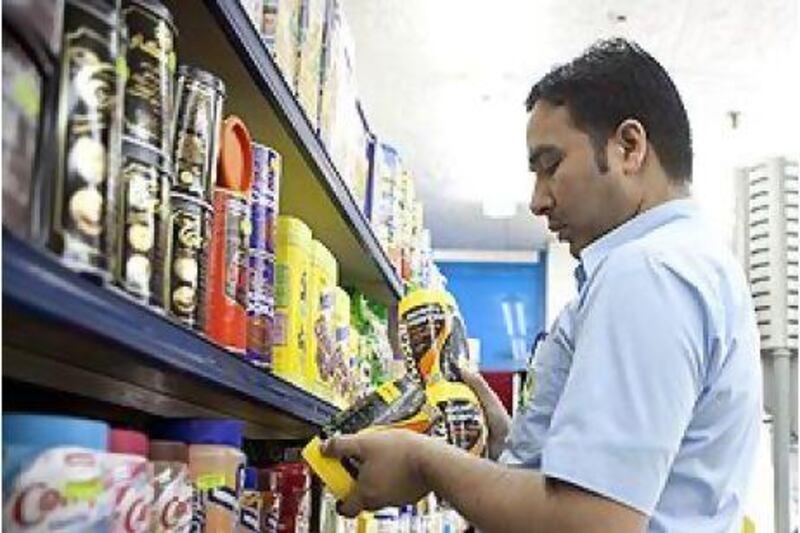Inflationary pressures will intensify across the region this year as factors ranging from housing rent to government stimulus stoke prices.
An IMF report warned that Qatar's construction boom and expanding population would push consumer prices up from 3 per cent this year to 5 per cent in 2016.
But economists say other Arabian Gulf states could also face accelerating price pressures.
In the UAE, housing is expected to re-emerge as one of the key drivers as the property market starts to recover in Dubai. The booming hospitality and retail sectors could also drive consumer prices higher if hotel occupancy surges and rising visitor numbers ease pressure on retailers to discount.
A report from Emirates NBD said last week inflation was forecast to reach 2.5 per cent this year.
"We expect the disinflationary impact of housing costs to be much weaker in 2013 as rents and real estate prices in Dubai have recovered strongly," the senior economist Khatija Haque wrote in the report.
Inflation eased to 0.7 per cent last year from 0.9 per cent the year before, according to data released by the National Bureau of Statistics last week.
Further declines in the housing market, the main contributor to the index through rent prices, offset higher food and education costs.
"All along we have forecast for a slight increase in inflation in 2013 compared to 2012," said Giyas Gokkent, the chief economist of National Bank of Abu Dhabi (NBAD). "We have education, restaurants and hotels and health care as showing price pressures this year."
NBAD has forecast inflation of about 1.5 per cent this year. That is still a long way short of the years before the 2008 financial crisis when a property and credit boom stoked inflation to more than 12 per cent.
Mr Gokkent said he expected inflation in Saudi Arabia to pick up this year because of the government fiscal stimulus. Consumer prices in the kingdom reached 4.5 per cent last year, official data released last week showed.
Welfare and infrastructure projects are expected to be the main beneficiaries of the Saudi government's record 820 billion riyal (Dh803bn) spending plan this year, a 19 per cent rise in expenditure on the year before.
"For 2013, we expect inflation to be mainly driven by rent and housing-related services as well as food prices," wrote Fahad Alturki, senior economist at Jadwa Investment in Saudi Arabia.
A big rise in government spending in Qatar is also pushing up the risk of inflation in the country, the IMF said in a report last week.
Qatar is estimated to be spending US$135 billion (Dh495.84bn) on infrastructure projects including a rail system, stadiums and roads as it gears up to host the Fifa World Cup in 2022.
"As infrastructure-related construction activities pick up, as the demand-supply situation in the real estate market converges, and as the expatriate population increases, inflation will gradually increase from 3 per cent in 2013 to 5 per cent by 2016," IMF economists wrote. Inflation reached 2 per cent last year.
Still, an overhang in the luxury property market will help to keep a lid on price pressures for now, it said.
Despite a Dh330bn spending plan for the next five years, unveiled by the UAE last week, government spending is not expected to emerge as a critical driver of inflation in the country.
"When there's any increase in government expenditure, there's always a concern about inflationary pressure, but if the projects are won by foreign companies then all of the money won't necessarily be filtered into the local economy," said Farouk Soussa, the chief Middle East economist at Citigroup.
Mr Gokkent said the spending plans were not of a magnitude to create inflationary pressures.
Oil prices, another potential driver of inflation within the region, are forecast to weaken slightly this year.





